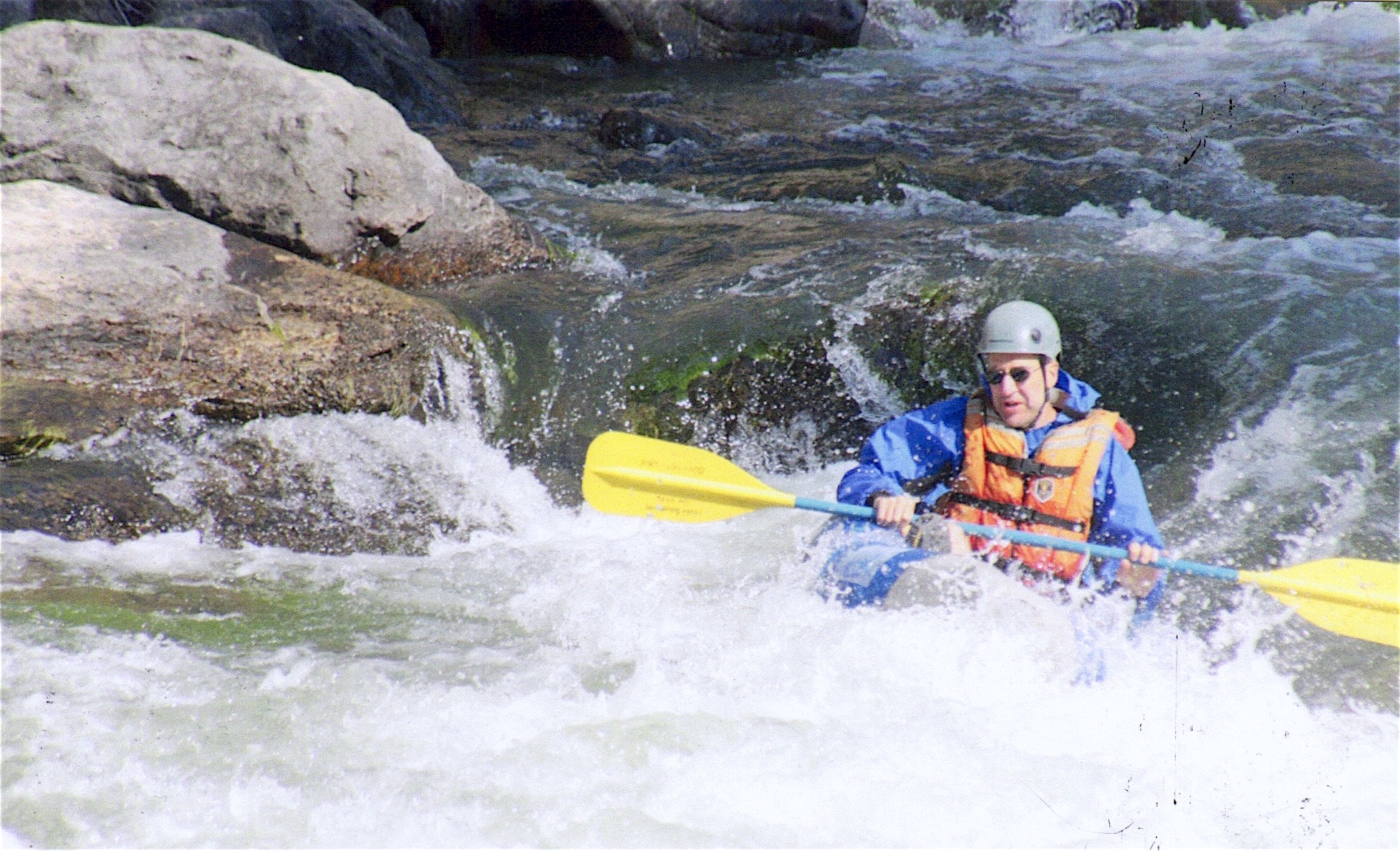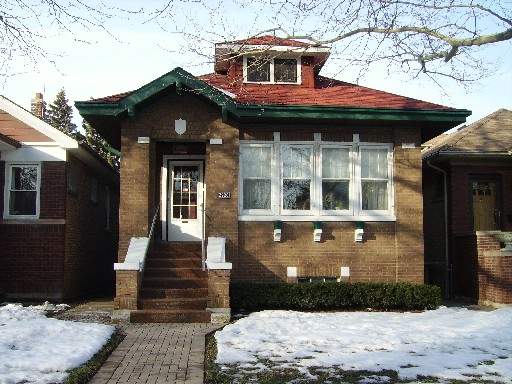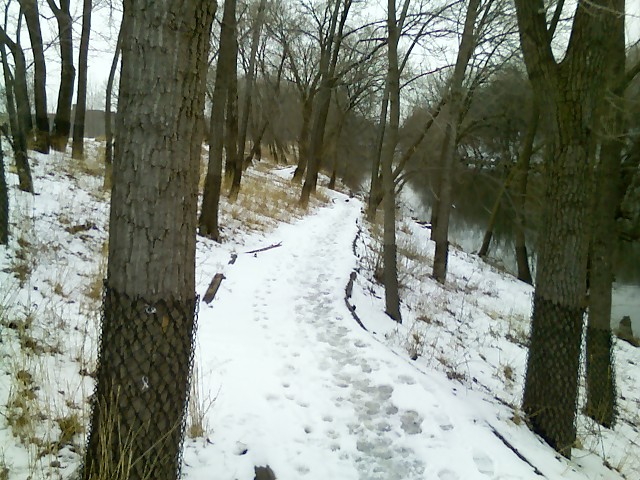In these last two months, we’ve gone from 40s to 80s. I think we had all of four days in the 70s and then suddenly it’s summer.
A big chunk of the work here lately has been outside. Installing and planting the window box I built for the front. Spreading grass and wildflower seed out front. Depaving (busting up concrete and replacing with grass) almost 200 sq. ft. of the backmost backyard, moving the rubble to the space under where 400+ sq. ft. of raised vegetable gardens will be installed later this year or next spring.
Design has focused on shaping the retaining walls, garden, deck and fencing, including irrigation (rainbarrels) and drainage. Research and shopping has been focused on green vs. conventional choices: stone vs. wood for the veggie garden retaining wall (we favor stone), treated lumber vs. new composites for stairs and decking (treated wood seems not as toxic as it was pre-2003), asphalt vs. steel vs. aluminum roofing to catch rainwater for the veggie garden (no clearly best solution 1 2 3 for safest water collection, but we like aluminum pending cost research), and what about photovoltaic (solar) shingles? It is possible to generate a significant share of electricity we use with solar shingles. Also, soil testing, several sources for new composted soil, and learning about nitrogen levels (the peach tree wants lots of nitrogen, the veggies not as much as might be expected in tree-chips compost mixes).
Next up inside, plumbing updates, plaster repairs, window restoration… after I finish wrassling a herd of facilitation projects that have popped up in the last couple months.
We’re one year old here next week, and we figure it’s another year to get things really all updated, rebuilt, refinished, and sustainably efficient.


